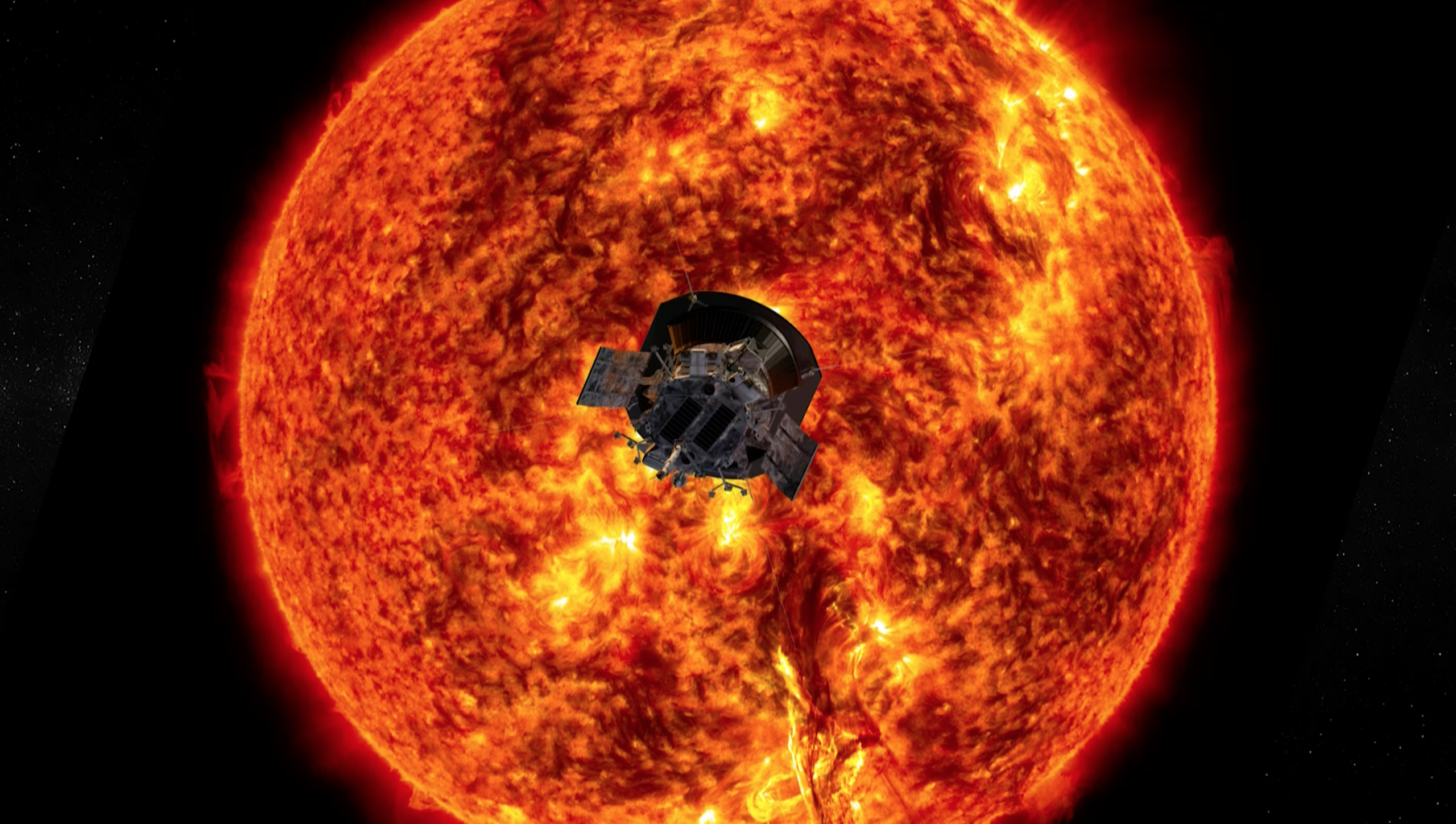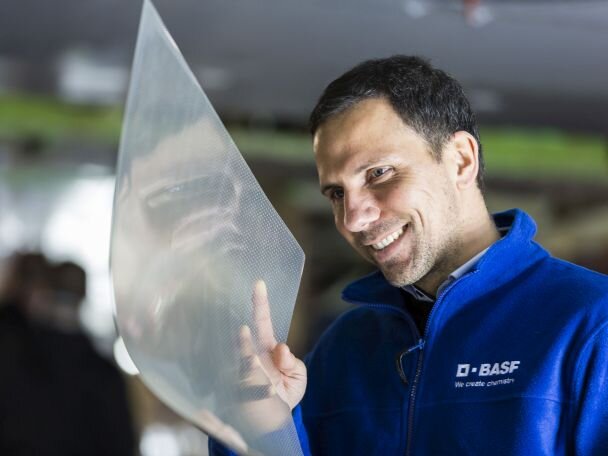Major engineering projects are undertaken every year in the form of new skyscrapers, bridges, and dams designed to improve life and accessibility in countries all over the world. Some of these engineering projects test the limits of achievability, going higher, further, and utilizing more technological advancements than ever before. From France to China and even outer space, teams of visionaries are constantly looking for ways to break new ground.
Millau Viaduct
We often hear about bridges being particularly long as they have to stretch from one point to another, but we don’t often hear about them breaking any records for their height. The Millau Viaduct sits 270 meters above the valley of the Tarn River, with motorists crossing it often finding themselves above the cloud line. It is the height of the pylons that support it that break the records, though – at the tallest point, they stand at 343 meters.
The bridge is considered one of the greatest engineering achievements of all time. The height at which it had to be constructed meant that extra care had to be taken by the engineering and design teams to ensure that it was safe, with state-of-the-art technology measuring its wear and tear at all times so that it can be shut at a moment’s notice.
Bailong Elevator
With a literal translation of “Hundred Dragons Elevator,” the Bailong Elevator is the highest and heaviest outdoor elevator in the world, transporting riders 330 meters up a vertical cliff face in Zhangjiajie in China. Predominantly made of glass, it’s a hair-raising ride for those of a nervous disposition.
The lift is also the world’s fastest elevator compared to its relatively high carrying capacity, with the design and construction team overcoming a number of technical and environmental challenges to complete it, including drilling directly into the sandstone cliff to create shafts to support the heavy lift structure. Even then, the structure was briefly shut just after its opening in 2002 to address safety concerns. Its successful operation since 2003, however, has justified the daring and courage shown by the engineers who built it.
MOSE Project
The question of how to protect the historical city of Venice from flooding is one that has been debated throughout Italy for the past few decades – with the water that surrounds the unique city slowly rising and threatening to permanently overrun it, a solution has finally begun to be implemented. The MOSE project, which is currently under construction, consists of a series of hinged barriers located in the Venetian lagoon that automatically rise to keep out excess water and avoid potential floods.
It is the largest flood prevention project that has ever been undertaken, and hopes are high that, upon its completion in 2016, Venice will finally be safe and protected for future generations to enjoy.
Burj Khalifa
At 829 meters high and the current holder of the “world’s tallest building” title, the Burj Khalifa’s construction was anything but straightforward. It’s one thing to build the tallest building in the world, but it’s quite another to build it in Dubai, where a tempestuous climate and high wind speeds made designing the building a fraught experience.
Over forty wind tunnel tests were conducted to ensure that the top of the Burj would be able to withstand high wind speeds, and the building was eventually constructed in such a way that wind vortices would not be able to gather strength and affect the building because of the way it is shaped in different ways at each section.
International Space Station
As far as engineering projects go, you don’t get more daring than attempting to construct a space station that can be inhabited indefinitely and contains a laboratory, living quarters and even a small gym to ensure that the astronauts on board don’t suffer from muscle wastage.
The station’s construction was a collaborative effort between multiple nations and it is arguably the single most expensive item ever created at $160 billion. In an atmosphere where a tiny rip in a spacesuit means instant death, the stakes for the builders were as high as they have ever been on a single construction project. As it turned out, construction went almost perfectly, barring the Columbia shuttle disaster in 2003 which claimed the lives of seven crew members, and the space station continues to operate today.
Large Hadron Collider
Although it is designed to study the smallest building blocks of the universe in particles, the Large Hadron Collider is the biggest and most complicated machine ever built, with a circumference of 27 kilometers crossing the border between France and Switzerland – it had to be daring in scope to come anywhere close to answering the fundamental questions of physics on which it was designed to shed light.
For instance, various experiment caverns had to be excavated through 50 meter layers of glacial deposits, and underground rivers had to be frozen with super-chilled brine and liquid nitrogen to ensure that they did not flood the shafts that were created. The work paid off – the LHC achieved one of its primary aims in July 2012 when CERN announced the discovery of a new particle, later confirmed to be the elusive and previously theoretical Higgs boson particle.
Contributed by:
Darren Ley
Darren Ley is an L&D Consultant at Thales Learning & Development. He began his career in research and development and project management, eventually making the natural switch to training and development with Thales, for whom he delivers accredited and non-accredited project management training.
Darren is a regular contributor to Enhance – The Magazine for Learning and Development.







